The post 8 Vital Tips To Crop Your Photos For Stronger Compositions appeared first on Digital Photography School. It was authored by Kav Dadfar.

Even the best photos can be ruined if they are not cropped properly. It’s easy to get carried away with cropping since you can take away more and more of what may seem like a useless portion of the image. This can quickly lead to cropping way too much. Or, the opposite can happen if you are worried that you’re taking away too much. Believe it or not, sometimes even the professionals need tips to crop their photos better. So here are 8 tips to crop your photos better so that you can avoid making mistakes.

1. Tell the complete story
If you’re taking a photo of two people
playing catch, you would never dream of cropping out one of the people or the
ball. The photo would no longer make any sense!
Take the subjects into consideration when
cropping out elements. Are they interacting with anything in the frame that
would change the context of the subject’s actions if removed? This is a
surefire way of knowing whether or not you are cropping too much from the
image.

2. Remove partial elements
There may be something in your frame that isn’t fully in view, like an elbow or a stray tree branch. Without the entire element in the frame, sometimes these partials can be distracting from the subject and should probably be cropped out.
Just like your image is trying to tell a complete story, you don’t want any unnecessary details distracting the viewer from what you are trying to get across in the image. Photobombs are funny, but only in the right context, so consider removing that random person in the background that you didn’t intend to be there in the first place.

3. Keep the subject at eye level
A portrait becomes much more engaging when the subject seems like they are at a more natural eye level. Concerning portraits, this may actually be one of the more important tips to crop your photos.
Cropping too tightly on the subject will
create a close-up shot that seems unnatural and even uncomfortable to look at. Keep
things in proportion by allowing the subject’s eyes to stay at a more natural
level in the frame.
Additionally, your subject will seem to want a little breathing room. When cropping at eye level, make sure that you are giving the frame enough space so that their gaze doesn’t seem interrupted by the edge of the frame.

4. Centering the subject is not a requirement
Just like you’re trying to tell the entire story by keeping important elements within the frame, that might also play into your composition as well. Apply the rule of thirds (or other compositional rules) to help you determine where your subject should rest within the frame. This will help you lay out other elements in frame as well, making sure that you don’t accidentally cut something out or when you don’t realize that you have centered your subject.
In fact, when cropping appropriately, you can even fix any composition problems that you might not have considered when snapping the image in the first place.

5. Try to avoid cropping limbs
While it may be a good idea to crop out part of your subject, try to avoid cutting off the limb of your subject. Cropping limbs creates an eerie effect and shows that you hadn’t considered your framing when taking the shot. Similarly, you wouldn’t want to cut off any piece of your subject that doesn’t make sense, like half of their ear or the tip of their nose.
6. Crop out the errors
You might think that a true photo would include leaving the image as it stands, mistakes and all. However, cropping properly can mean that you cut off portions of an image that distract from the subject or are just simply wrong.
For example, maybe you have accidentally captured your camera strap in your shot. Would you really want to leave that in?
So one of the best tips to crop your photos is to remove anything that wasn’t your intention to include. Of course, ideally, you should spot these errors when taking the photo, but if you didn’t, and you can crop to correct, then you should.

7. Crop consistently
If you’re shooting a series of portraits, landscapes, or anything else of the same subject, then it’s important that you crop all of the photos in the series consistently. The series is supposed to be a coherent, consistent set of photos aesthetically, which means the composition and cropping should all work together as a set.
Without uniformity, when the photos are looked at in a group, if they are not composed and cropped consistently, then it is going to have a jarring effect. For scenario shots, like a landscape, keep the rule of thirds of the Golden Triangle rule in mind as well to help with consistency.

8. Cropping doesn’t always have to be right-angles
The majority of the time, cropping will involve right-angles to give you square and rectangle shapes. However, there is no hard rule that says this is the way it has to be. To wrap up these tips to crop your photos, you can also be creative and crop an image as an oval, hexagon, or any other shape that may lend itself better to the image.
Depending on the subject, the composition, and how you want your final image to look, cropping in various other shapes than right-angles may look intriguing.
Conclusion
Sometimes the difference between a good photo and a great photo comes down to the way you crop it. The great thing about digital photography is you can adjust photos without fear because you can always return to the original by using software like Lightroom. So experiment with your cropping, and you may see a big improvement in your photography. Also, share your before and after results in the comments section!
The post 8 Vital Tips To Crop Your Photos For Stronger Compositions appeared first on Digital Photography School. It was authored by Kav Dadfar.












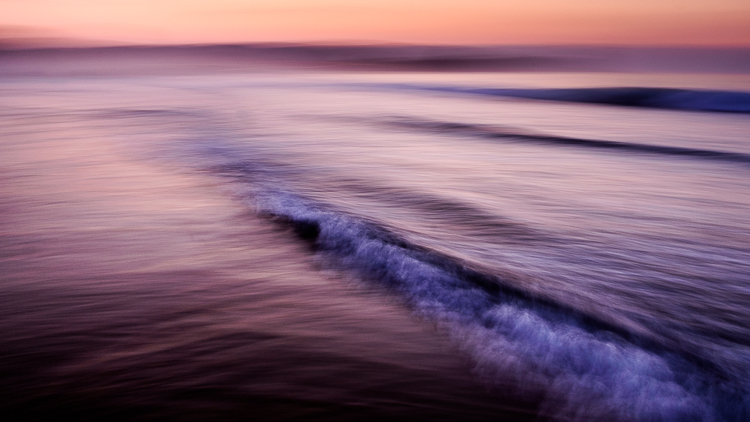
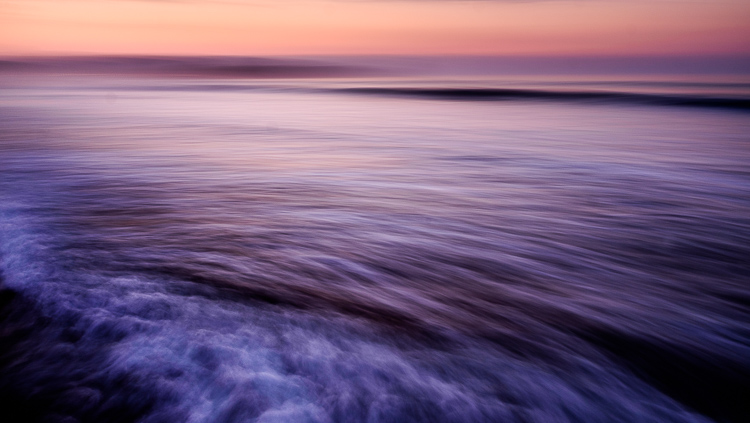
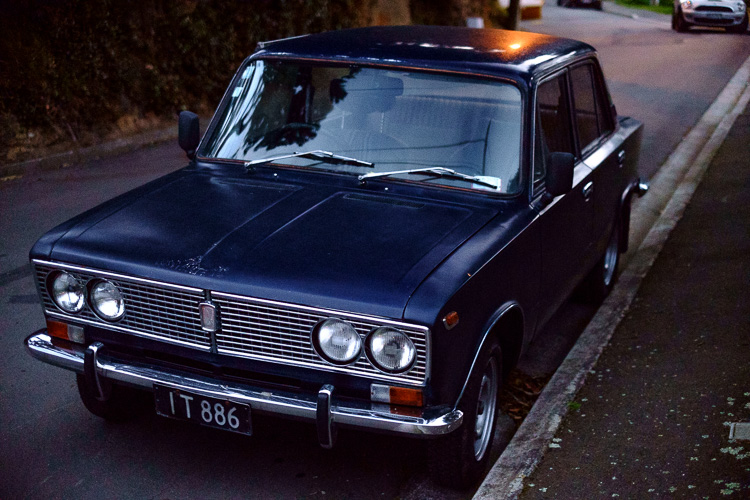
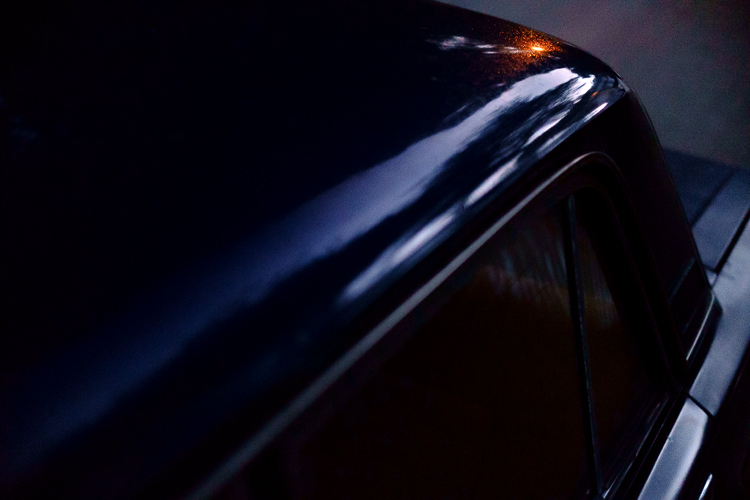
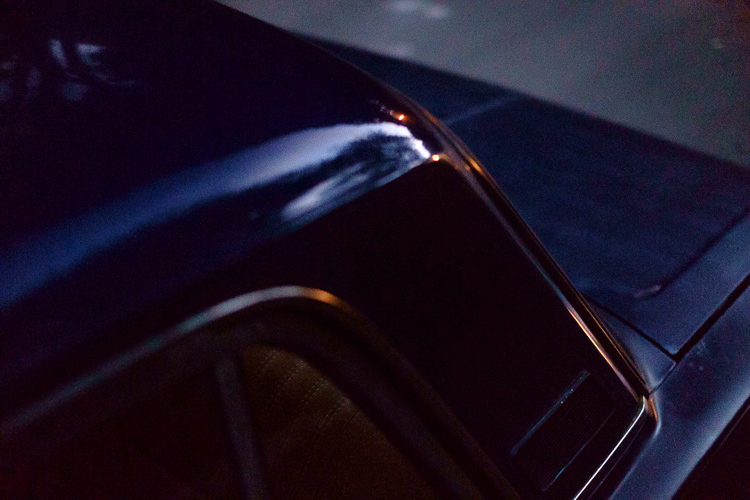
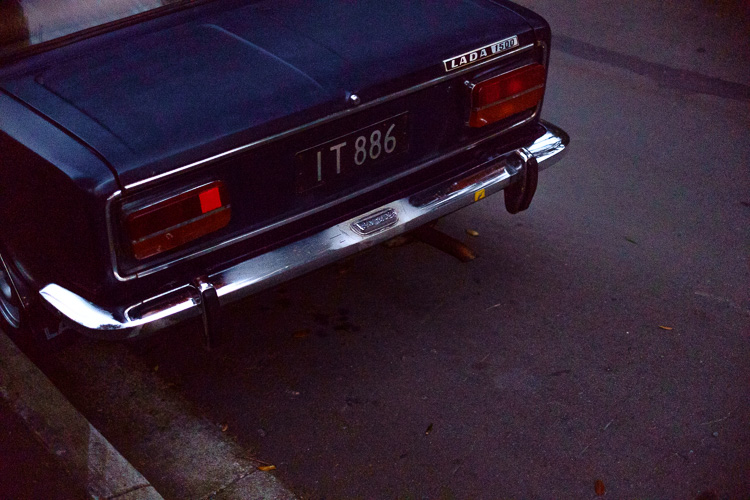
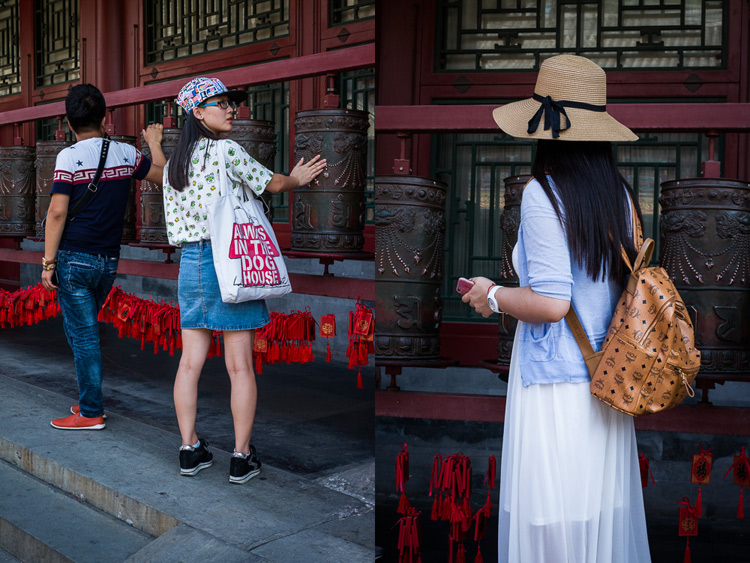
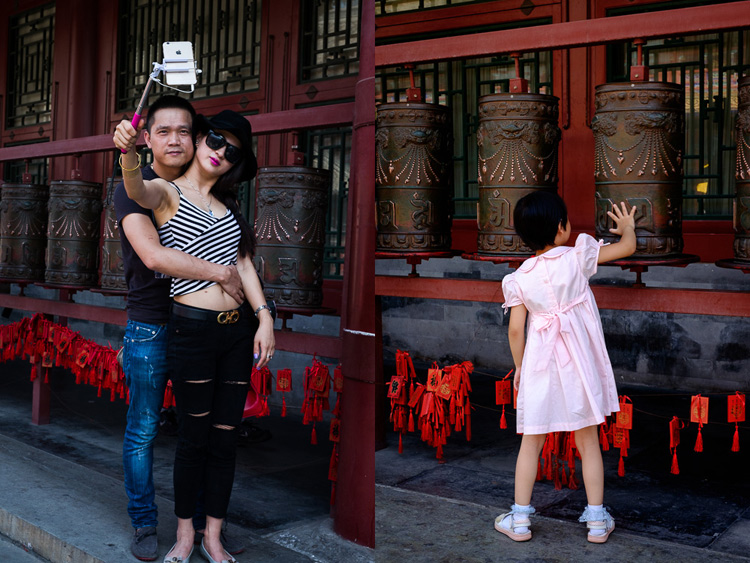


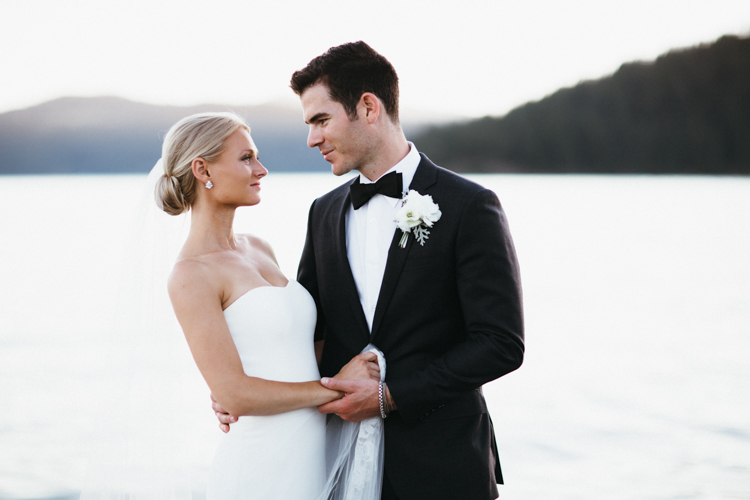
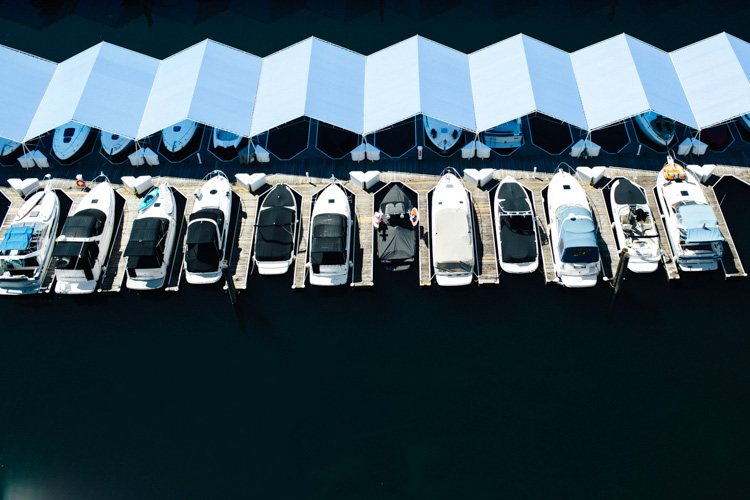
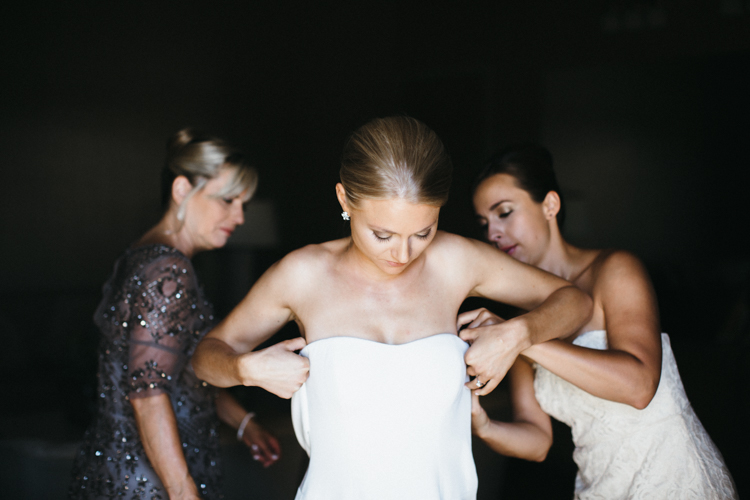
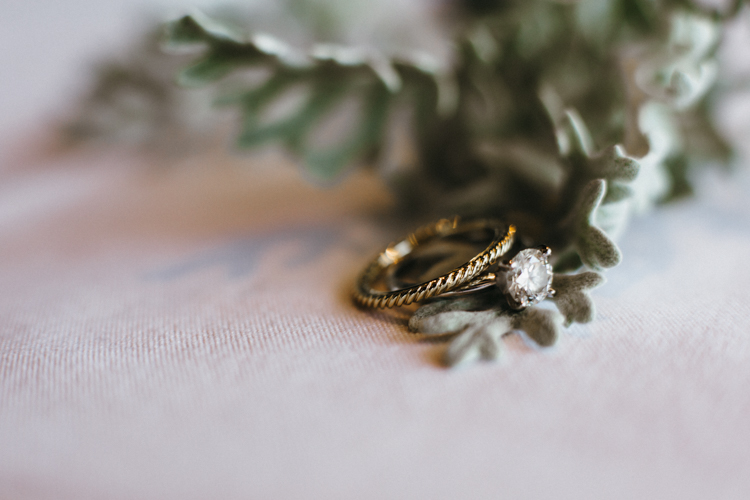
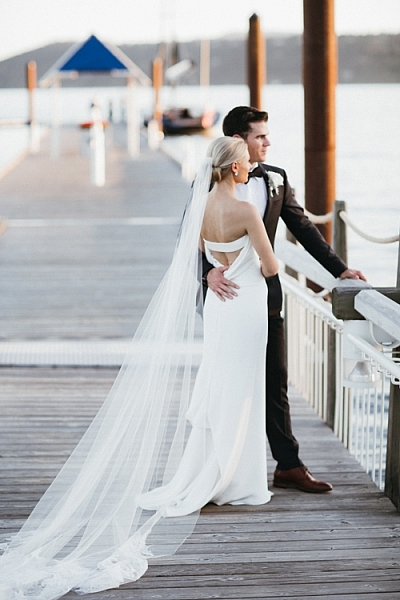


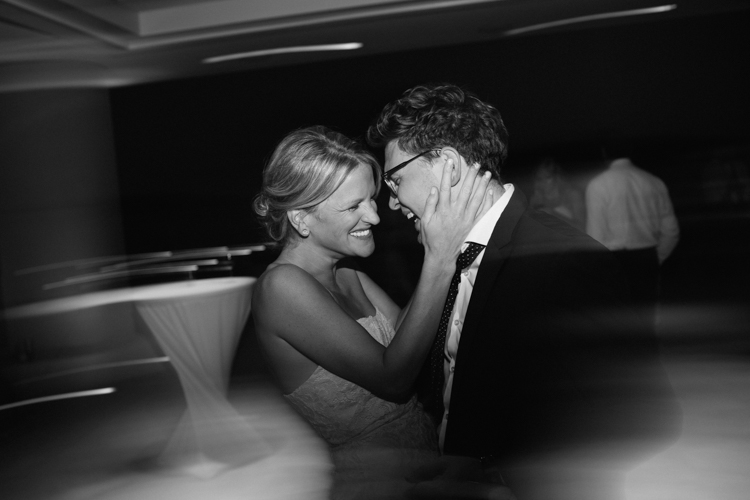
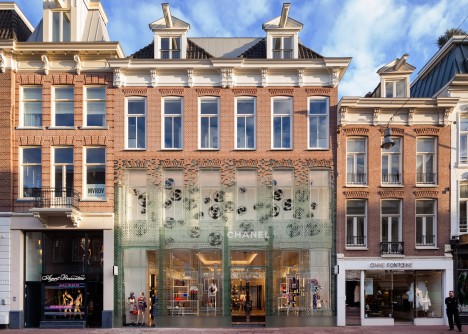





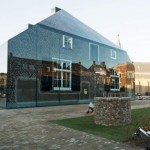






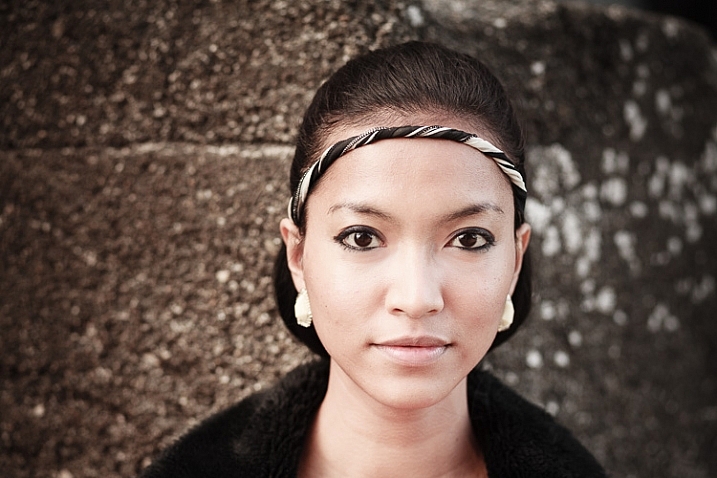
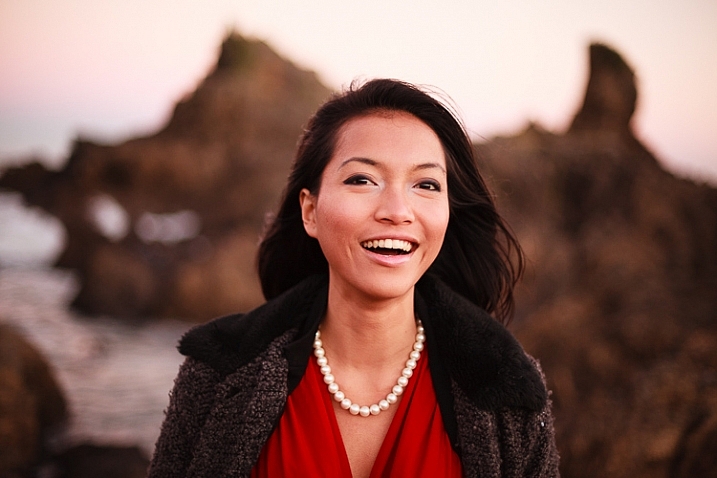

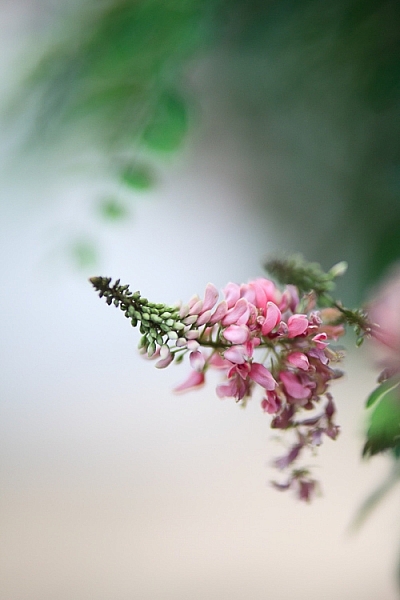


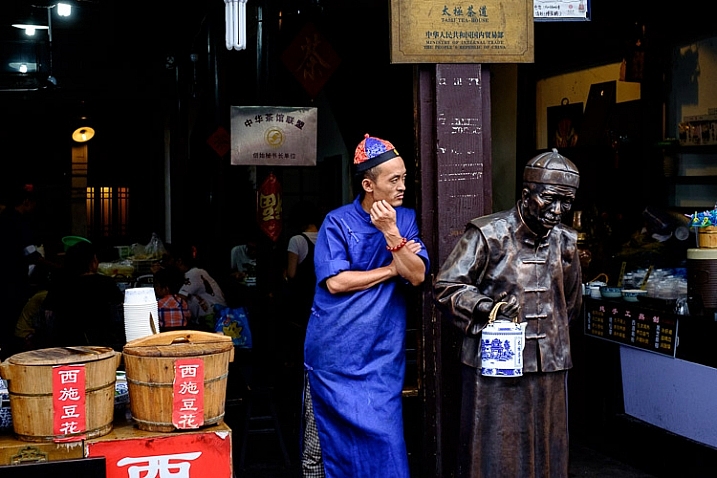
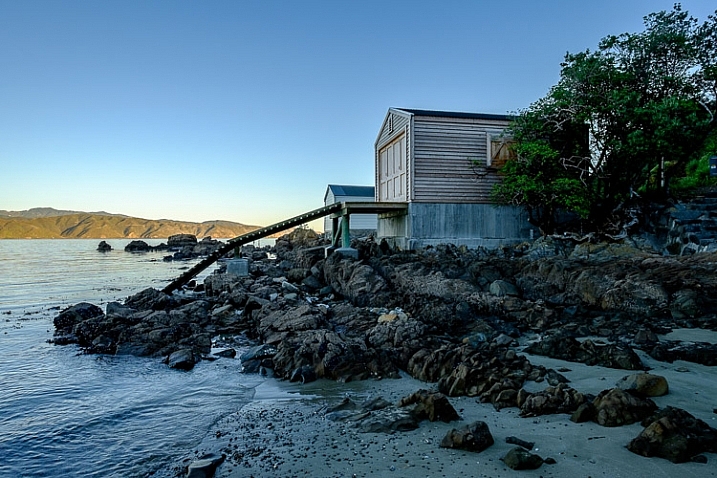
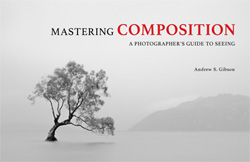 Mastering Composition
Mastering Composition
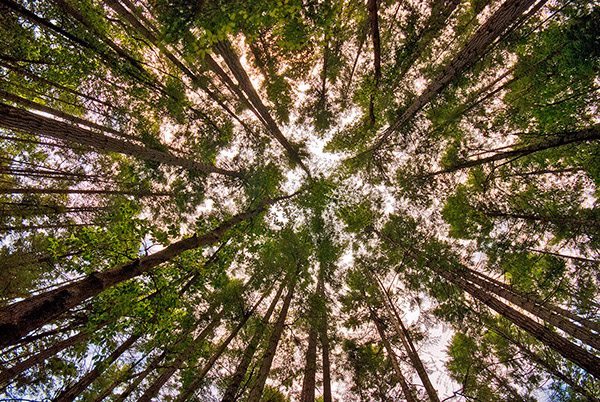
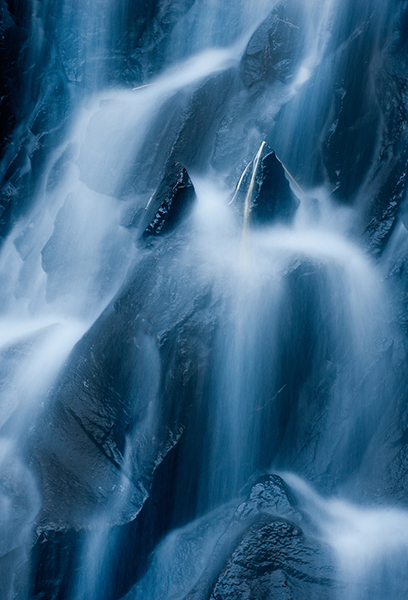 Photographs evoke emotions, memories or feelings based on what the person sees in the image. In many ways, the viewer’s perception is their reality. So, if the image is of a loved one, the person looking at the photograph will immediately be transported to a memory of that person, good or bad. That memory could cause them to be quite emotional. The reaction to the image could be utterly visceral depending on what emotion is recalled. The same is true in a landscape scene or a seascape scene. The goal of every photographer should be to visually translate the scene in such a way that the viewer can either relate to the scene or would like to be in that scene.
Photographs evoke emotions, memories or feelings based on what the person sees in the image. In many ways, the viewer’s perception is their reality. So, if the image is of a loved one, the person looking at the photograph will immediately be transported to a memory of that person, good or bad. That memory could cause them to be quite emotional. The reaction to the image could be utterly visceral depending on what emotion is recalled. The same is true in a landscape scene or a seascape scene. The goal of every photographer should be to visually translate the scene in such a way that the viewer can either relate to the scene or would like to be in that scene.

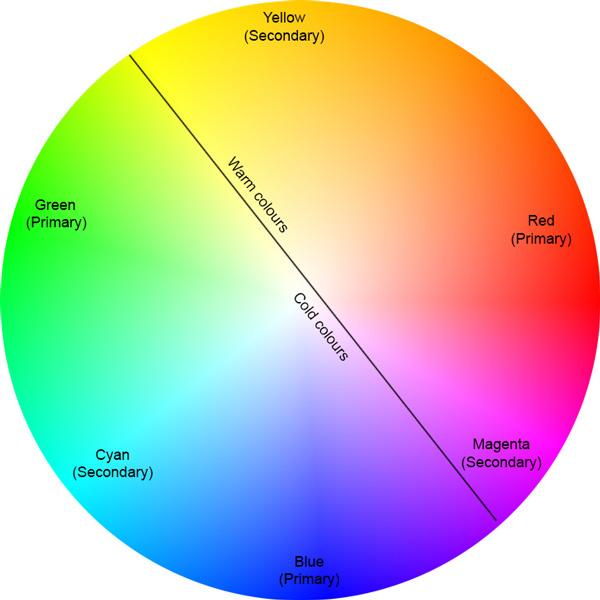





You must be logged in to post a comment.